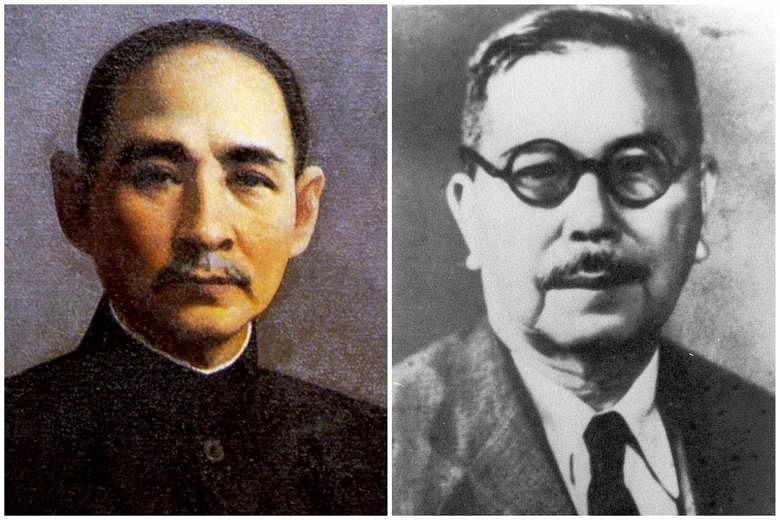It has taken 200 years to forge the Chinese Singaporean identity, from the time immigrants flocked here from China to the present day, said Prime Minister Lee Hsien Loong yesterday.
And it is crucial for Singaporeans to be aware of the history of this gradual transfer of their loyalties to Singapore, in order to understand how the national consciousness has evolved, he added.
In his Chinese speech at the National Day Rally, PM Lee cited turning points at which the Chinese community began to identify as Singaporeans.
These included China's declaration in the 1950s that overseas Chinese who had become citizens elsewhere would no longer be considered Chinese nationals, and most in Singapore did not go back but chose to put down roots here.
Another instance was after independence when the Singapore Chinese Chamber of Commerce and Industry raised a significant sum for the National Defence Fund to build up Singapore's military.
"Being aware of Singapore's history over 200 years and more will help us understand how our national consciousness evolved. It will also help our people understand current affairs as well as Singapore's position on international issues," said the Prime Minister.
He described at length how the immigrant Chinese gradually began to see themselves as Singaporean.
About two centuries ago, they had streamed in from provinces such as Guangdong and Fujian, arriving shortly after Stamford Raffles set up Singapore as a free port.
"They had arrived in Nanyang as sojourners, intending to return to China one day," he added. "They were still people of China, and were passionate about their homeland."
When the Japanese invaded China in 1931, local community leaders led efforts to support the mainland Chinese.
In 1949, when the People's Republic of China was established, many young people in South-east Asia were inspired to join anti-colonial struggles.
"By that time, the identity of the overseas Chinese here had become ambiguous. They were here in Nanyang physically, but for some, their hearts were in China," PM Lee noted.
In the 1950s, China began to distinguish between two types of overseas Chinese - those who kept their Chinese nationality and those who had taken up their host country's citizenship.
Members of the Chinese community here had to choose between staying or returning to their motherland. "In the end, the majority chose to remain in Singapore. And together with the other races, they built a multicultural society in an independent, sovereign country," he said.
Since then, Chinese community groups have worked with the Government to develop Singapore's society and economy and build up national defence. "This showed the local Chinese community had by then begun to identify themselves as Singapore citizens, and had transferred their loyalties to Singapore," he added.
PM Lee noted the dedication of Singaporeans' forefathers to their motherland is part of their heritage, and efforts have been made to commemorate their deeds.
During World War II, Singaporeans of all races lost their lives and suffered under Japanese rule. "The tragic experience of the Japanese Occupation crystallised and inspired our collective national consciousness, and made us determined on self rule," he added.
Malay and Indian Singaporeans have similar stories to tell about the evolution of their identities here, he said. Indians were inspired by India's struggle for independence, and Malays by nationalist movements in neighbouring Indonesia and Malaya.
"But like the Chinese, the local Malays, Indians and Eurasians, too, progressively sank their roots here, and together, we developed a Singaporean identity.
"Today, new immigrants have to undergo this process of gradually identifying themselves as Singaporeans, and becoming Singapore citizens," PM Lee said.


